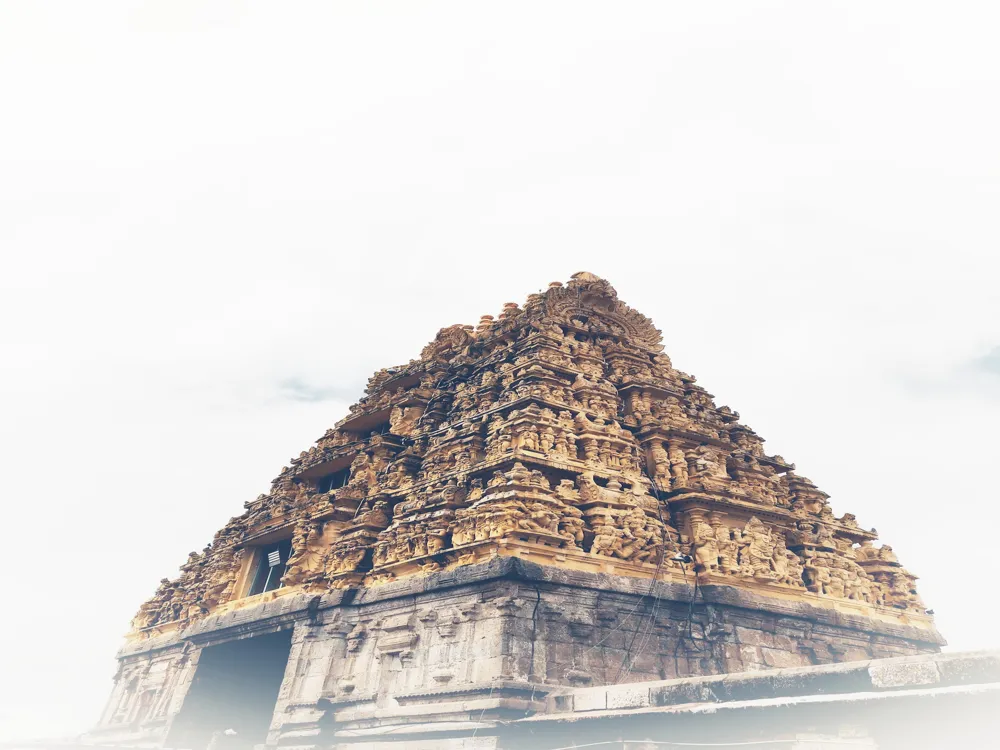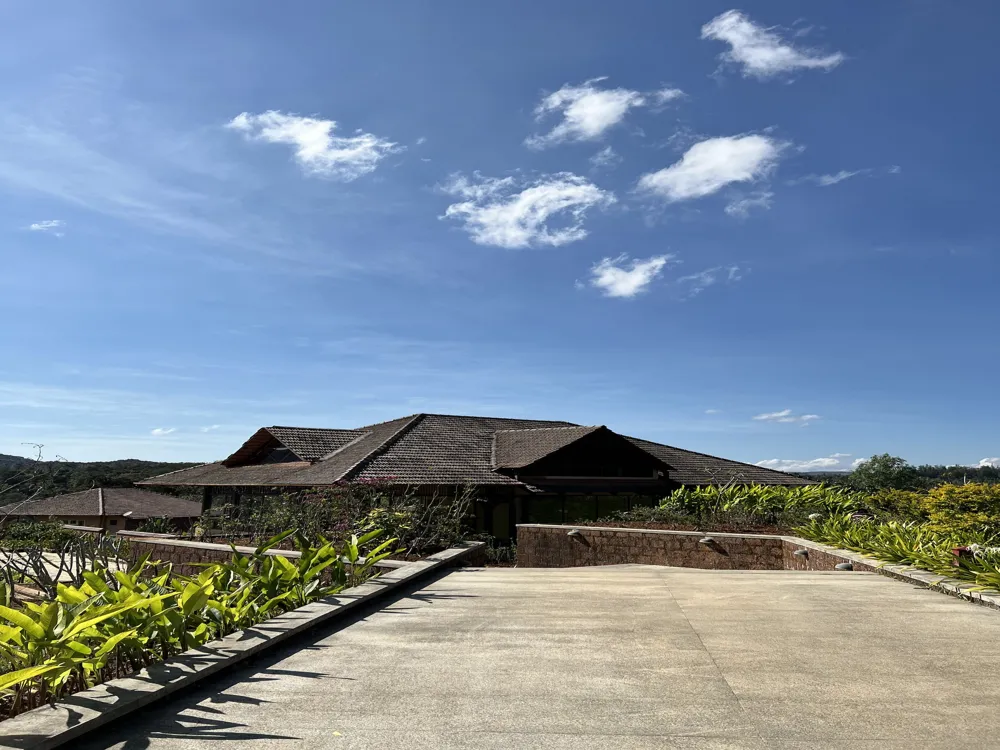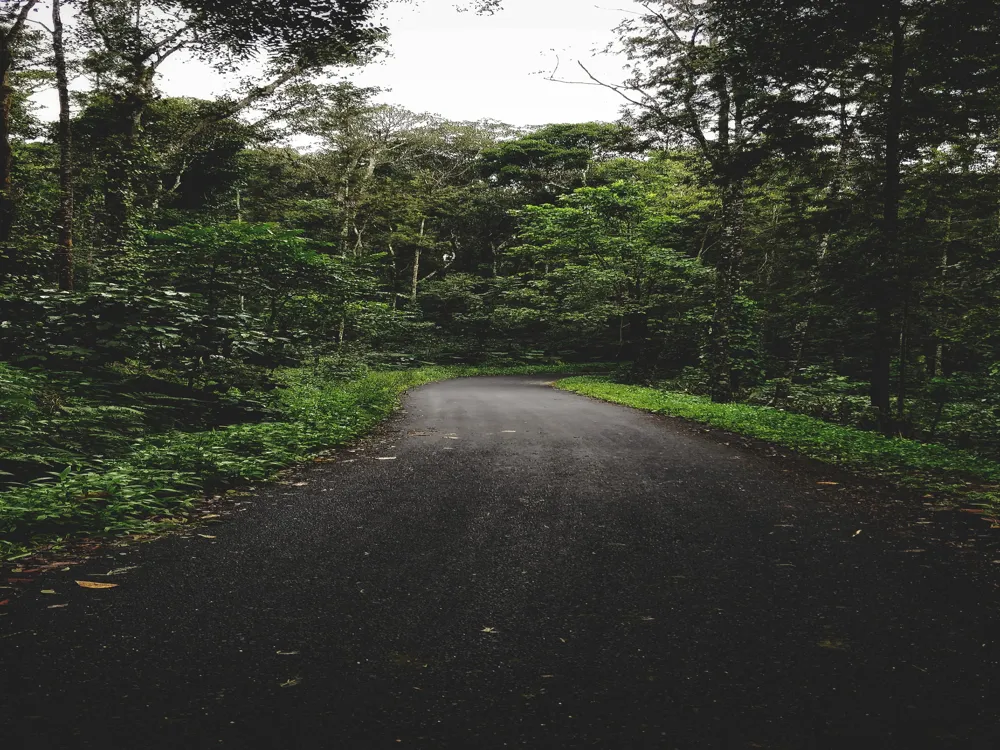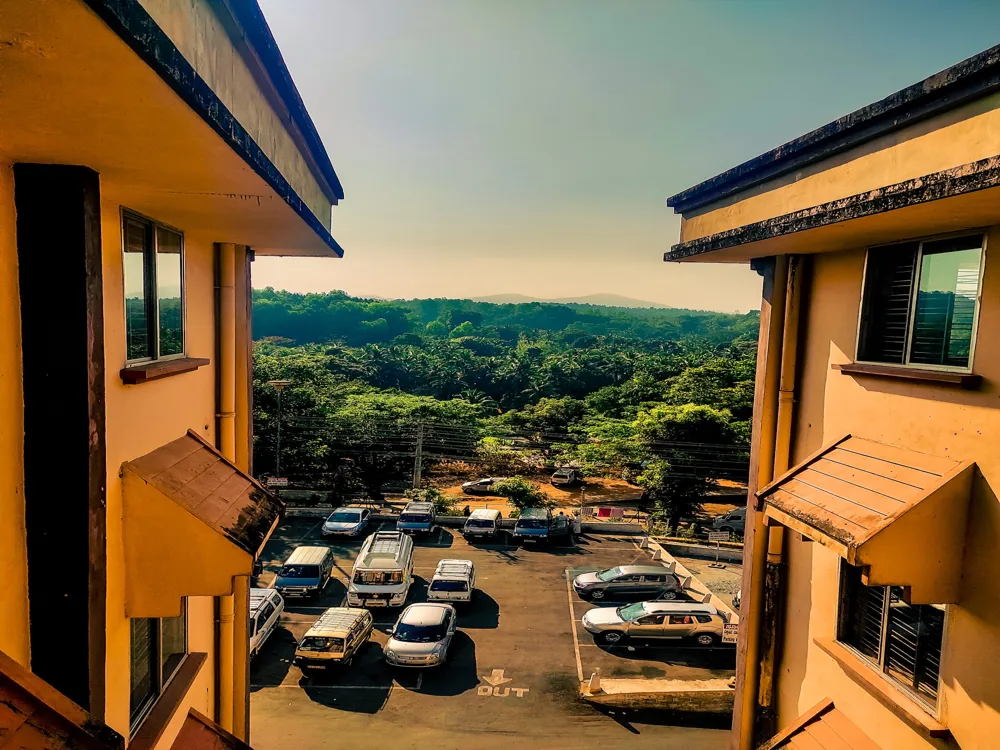Halebid, a historical town in Karnataka, India, is a treasure trove of ancient Indian art and architecture. Once the regal capital of the Hoysala Empire in the 12th century, Halebid, also known as Halebidu, is renowned for its magnificent temple complexes, rich history, and cultural heritage. This ancient city, which translates to 'old city' in the local language, stands as a testament to the architectural ingenuity and artistic mastery of the Hoysala period. The most prominent attraction in Halebid is the Hoysaleswara Temple, dedicated to Lord Shiva. It is an exemplary illustration of Hoysala architecture, known for its intricate carvings and detailed sculptures. The temple's walls are adorned with an endless array of depictions, including scenes from Hindu mythology, animals, birds, and dancing figures. Despite being incomplete and damaged during the 14th-century invasions, the temple remains a masterpiece of Indian art. Apart from the Hoysaleswara Temple, Halebid is dotted with several smaller yet significant shrines and structures, including the Kedareshwara Temple and the Jain Bastis, which showcase the religious tolerance and architectural diversity of the era. The town is not just a destination for history enthusiasts and spiritual seekers but also for those who appreciate the beauty of ancient art and architecture. The architecture of Halebid is a testament to the skill and creativity of the Hoysala craftsmen. The Hoysala architectural style is characterized by its unique form and meticulous detail. The temples of Halebid, primarily built of soapstone, are famous for their star-shaped design, which provides more wall space for ornate carvings. The Hoysaleswara Temple, the jewel of Halebid's architectural heritage, stands as a prime example of this style. The temple's exterior walls are profusely decorated with intricate carvings, depicting various Hindu deities, sages, stylized animals, and birds, as well as scenes from the Indian epics. These carvings are not just decorative elements but also serve as visual narratives of Hindu mythology and cultural beliefs of the time. The interiors of the temple are equally impressive, with beautifully carved pillars, each unique in its design. The lathe-turned pillars in the temple hall showcase the high level of precision and craftsmanship achieved by the Hoysala artisans. The temple's ceilings are adorned with finely detailed sculptures, adding to the overall aesthetic appeal. Another significant aspect of Halebid's architecture is the use of bracket figures, or Madanikas, which are sculpted with great skill and grace. These figures, usually depicting women in various dance poses, are not just ornamental but also reflect the social and cultural life of the period. The layout of Halebid's temples also deserves mention. These structures were built on raised platforms, providing a distinct elevation that adds to their majestic appearance. The temples' design integrates seamlessly with the surrounding landscape, creating a harmonious balance between nature and architecture. The ideal time to visit Halebid is between October and March when the weather is pleasant, making it conducive for exploration and sightseeing. Opting for a guided tour can enhance your experience, as knowledgeable guides provide insights into the history, architecture, and mythology associated with the temples. Visitors are advised to dress modestly while visiting the temples. It's also important to respect the cultural and religious significance of the site. Photography is allowed, but it's advisable to check for any restrictions, especially inside the temples. Use of flash is generally discouraged to preserve the integrity of the art. Exploring local cuisine is a must. The region offers a variety of traditional Karnataka dishes that are both delicious and unique. Halebid is well-connected by road and is easily accessible from major cities in Karnataka. The nearest airport is in Mangalore, about 168 kilometers away, while the closest railway station is in Hassan, around 31 kilometers from Halebid. Regular buses and taxis are available from these points to reach Halebid. For those driving, the town is connected via well-maintained roads, making it a scenic and comfortable road trip.Overview of Halebid, Karnataka
Architecture of Halebid
Tips When Visiting Halebid
Best Time to Visit
Guided Tours
Dress Code and Etiquette
Photography
Local Cuisine
How To Reach Halebid
Shantaleswara Temple
Halebid
Karnataka
NaN onwards
View halebid Packages
Weather :
Tags : Temple
Timings : 10:00 AM to 5:00 PM
Planning a Trip? Ask Your Question
Halebid Travel Packages
View All Packages For Halebid
Top Hotel Collections for Halebid

Private Pool

Luxury Hotels

5-Star Hotels

Pet Friendly
Top Hotels Near Halebid
Other Top Ranking Places In Halebid
View All Places To Visit In halebid
View halebid Packages
Weather :
Tags : Temple
Timings : 10:00 AM to 5:00 PM
Planning a Trip? Ask Your Question
Halebid Travel Packages
View All Packages For Halebid
Top Hotel Collections for Halebid

Private Pool

Luxury Hotels

5-Star Hotels

Pet Friendly




















